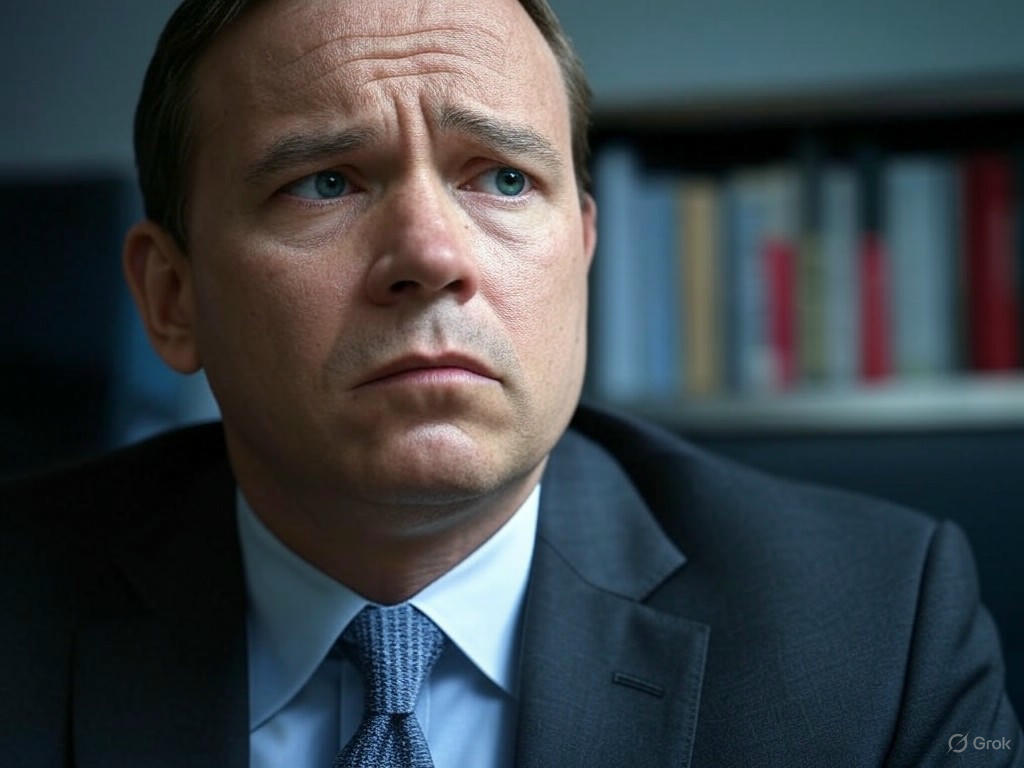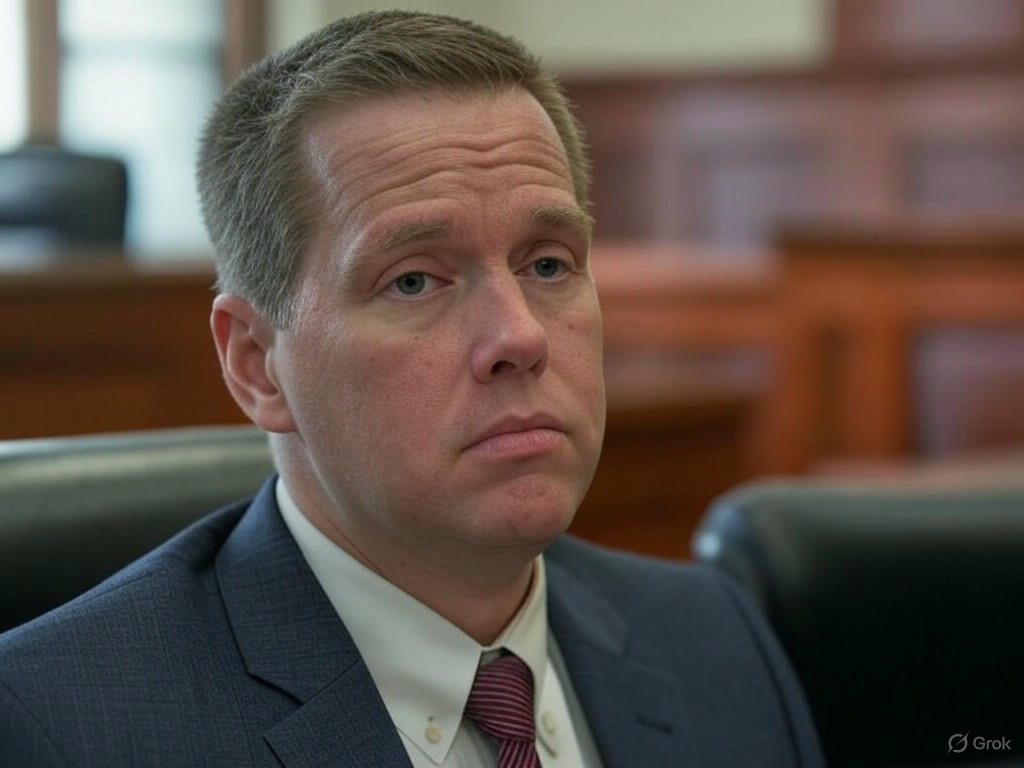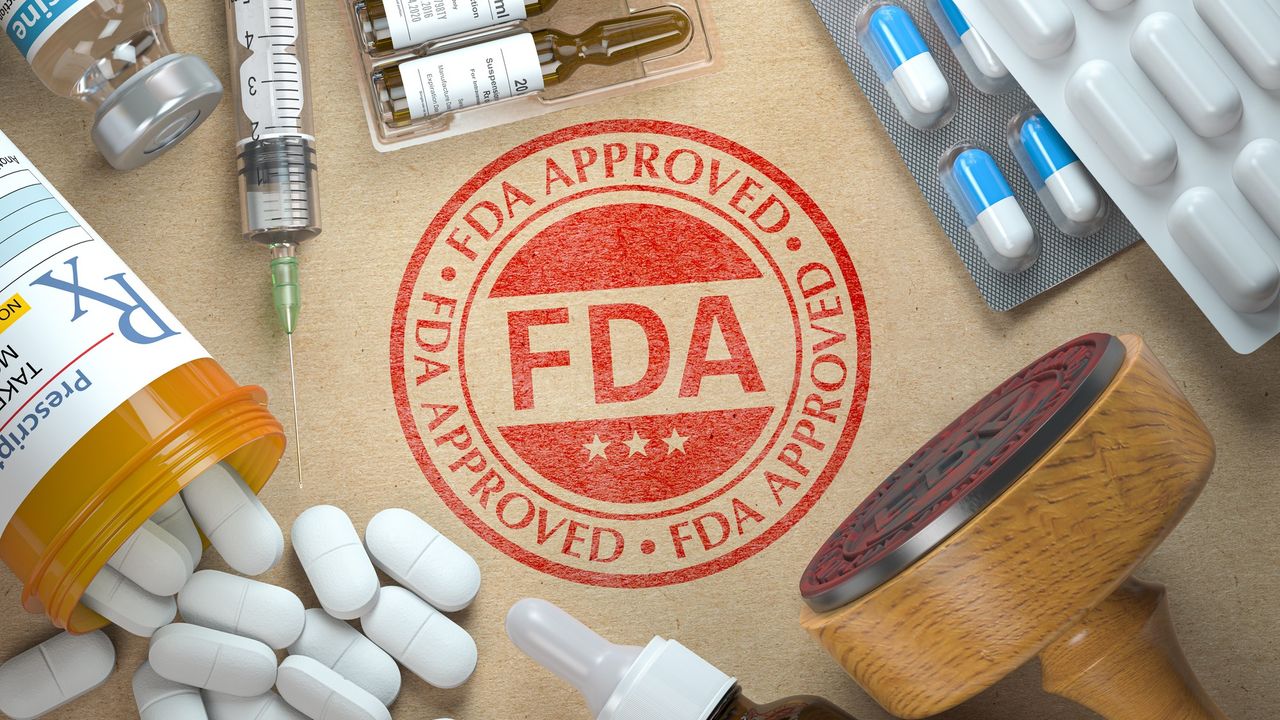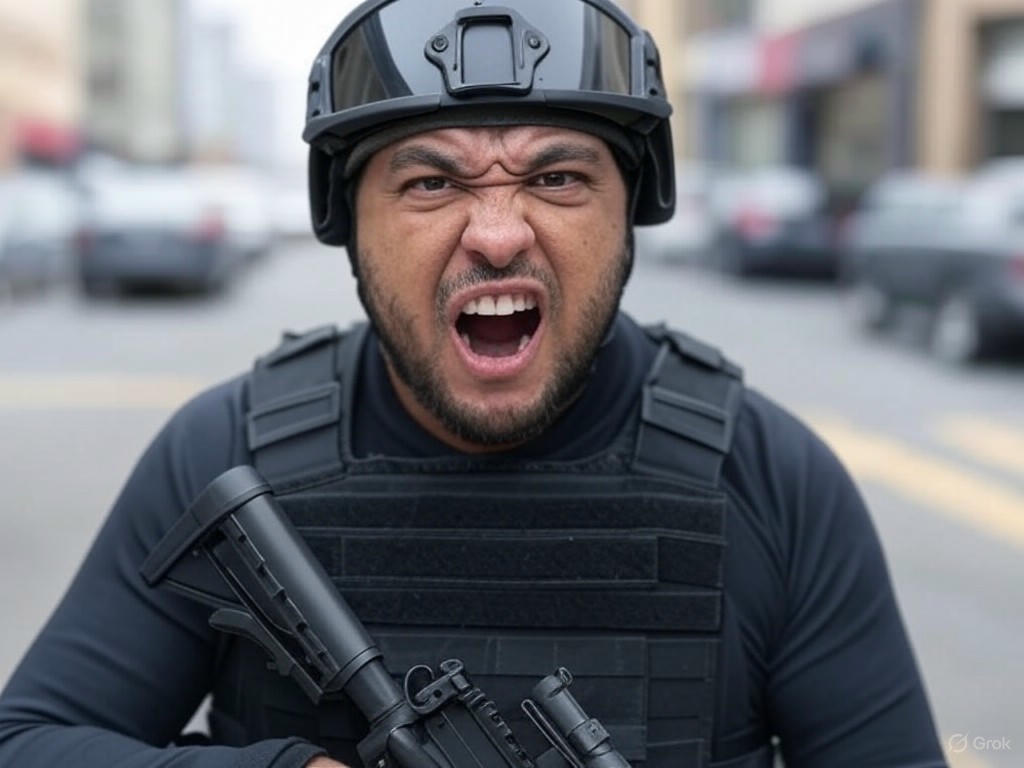
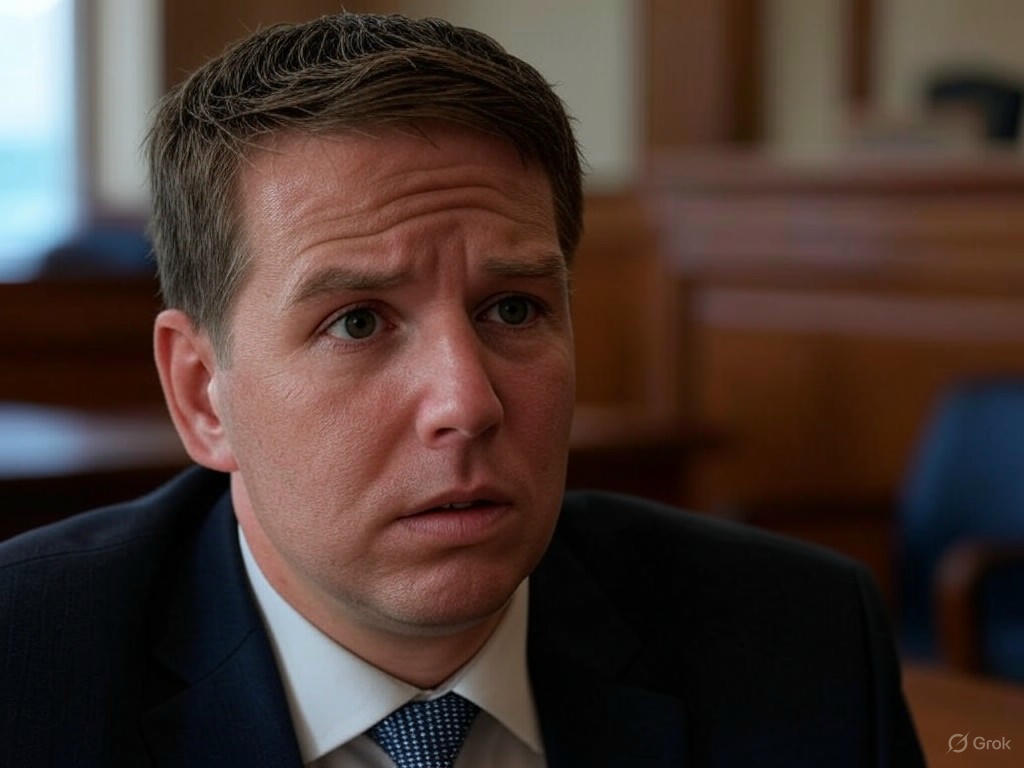
Fentanyl Crisis Sparks Controversial Prosecution: The Case of Ryan Brandstrom
In a case that has ignited a firestorm of debate over personal health rights versus government regulation, Ryan Brandstrom stands accused in the United States District Court for the District of Minnesota. Charged with importing Adderall, a Schedule II controlled substance, from outside the U.S., Brandstrom's prosecution has become a poignant symbol of the broader fentanyl crisis plaguing the nation.
Brandstrom allegedly sourced his prescribed medication internationally to avoid the rampant contamination of methamphetamine and fentanyl found in the U.S. market. This decision, while personal and health-driven, has led to a legal battle that many argue is a gross overreach by the government, infringing on fundamental constitutional rights.
The backdrop of this legal drama is the escalating public health crisis in the U.S., where fentanyl-laced drugs have become a deadly norm. By choosing to obtain his medication from abroad, Brandstrom was not only following his doctor's prescription but also taking a stand against the lethal adulteration of drugs within the country. His actions, however, have been met with legal action under 21 U.S.C. § 952 for importation of controlled substances, a move that critics say criminalizes a man's attempt to stay safe.
Legal experts argue that this prosecution violates Brandstrom's constitutional rights, specifically his autonomy in medical decision-making. The case hinges on the interpretation of several landmark Supreme Court decisions, including DeShaney v. Winnebago County Department of Social Services, Castle Rock v. Gonzales, and Warren v. District of Columbia, which collectively assert that the government does not have an affirmative duty to protect individuals from harm, thereby limiting its authority to penalize personal health choices like Brandstrom's.
In DeShaney, the Court ruled that the government isn't obligated to protect individuals from harm, a principle that directly challenges the government's stance in Brandstrom's case. If the state isn't required to shield citizens from the widespread danger of fentanyl-laced methamphetamine, how can it justify prosecuting Brandstrom for sourcing his medication safely from abroad? This question forms the crux of the defense's argument, emphasizing that Brandstrom's actions were a rational response to a known risk, not a criminal endeavor.
Similarly, Castle Rock and Warren reinforce the notion that the government's role is not to intervene in individual health decisions unless there's a direct threat to others. Brandstrom's choice to import his medication did not increase public risk; rather, it was a protective measure against the very real dangers of the domestic drug supply.
The emotional weight of this case is palpable. Here is a man, prescribed a medication for legitimate medical reasons, forced into a legal battle because he sought to ensure his health and safety in a country where the drug market is increasingly perilous. The prosecution's stance seems not only harsh but also out of touch with the realities of the fentanyl crisis, where the government's failure to curb the spread of deadly substances undermines any claim of public safety justification for this case.
The legal standard for dismissal under Federal Rule of Criminal Procedure 12(b)(3) is clear: if the prosecution violates constitutional rights, it should be dismissed. Brandstrom's case, as argued by his defense, meets this criterion. His right to manage his health, as protected by the Fifth, Fourteenth, and Ninth Amendments, should not be trumped by overzealous regulation, especially when his actions align with the intent of his prescription and mitigate known risks.
The call for dismissal is not just about legal technicalities; it's a plea for justice in the face of a crisis that has claimed countless lives. Dismissing the case against Brandstrom would not only uphold constitutional principles but also send a message about the value of individual liberty in medical decision-making during times of public health emergencies.
As this case unfolds, it serves as a stark reminder of the complexities at the intersection of law, health, and personal freedom. The outcome could set a precedent for how far the government can go in regulating personal health choices, especially when those choices are made in response to systemic failures in public safety. The community watches, hoping for a resolution that respects both the law and the human need for safety in medication.
TOP STORIES


